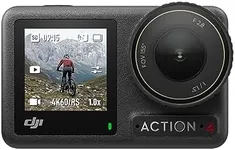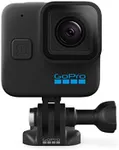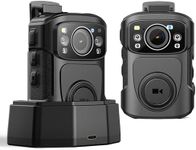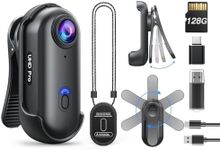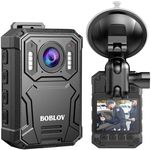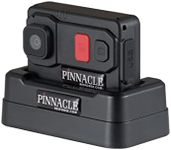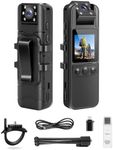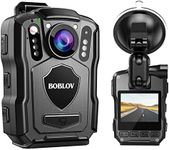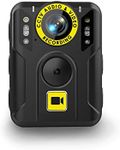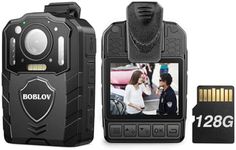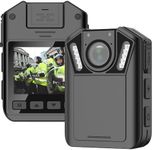Buying Guide for the Best Body Cameras
When choosing a body camera, it's important to consider how and where you will be using it. Body cameras are used for various purposes such as law enforcement, security, sports, and personal use. Understanding your specific needs will help you select the right model with the appropriate features. Here are some key specifications to consider when picking a body camera and how to navigate them to find the best fit for you.Video ResolutionVideo resolution refers to the clarity and detail of the footage captured by the body camera. Higher resolution means clearer and more detailed video. Common resolutions include 720p, 1080p, and 4K. If you need high-quality footage for evidence or professional use, opt for 1080p or 4K. For general use or if storage space is a concern, 720p may suffice.
Battery LifeBattery life indicates how long the body camera can operate on a single charge. This is crucial for ensuring the camera lasts through your entire shift or activity. Battery life can range from a few hours to over 12 hours. Choose a camera with a battery life that matches the duration of your typical usage. For extended use, consider models with swappable batteries or quick charging capabilities.
Storage CapacityStorage capacity determines how much video footage the body camera can hold. It is usually measured in gigabytes (GB). Higher storage capacity allows for longer recording times without needing to offload footage. Depending on your recording resolution and frequency, you may need anywhere from 16GB to 128GB or more. Ensure the camera has enough storage for your needs, and consider models with expandable storage options.
DurabilityDurability refers to the body camera's ability to withstand harsh conditions such as impacts, water, and dust. This is especially important for law enforcement and outdoor activities. Look for cameras with rugged designs, shockproof, waterproof, and dustproof ratings. Choose a camera that matches the environmental conditions you will be using it in.
Field of View (FOV)Field of view is the extent of the observable area captured by the camera. A wider FOV captures more of the surroundings, which can be beneficial for situational awareness. Common FOV ranges from 90 to 170 degrees. For general use, a FOV of around 120 degrees is usually sufficient. For security or law enforcement, a wider FOV may be preferable to capture more detail.
Audio QualityAudio quality is important for capturing clear sound along with the video. This is particularly crucial for evidence collection and professional use. Look for cameras with good built-in microphones and noise reduction features. If audio clarity is a priority, test the camera's audio performance or read reviews to ensure it meets your needs.
Mounting OptionsMounting options refer to the different ways you can attach the body camera to your clothing or gear. Common mounting options include clips, magnets, and harnesses. Choose a camera with versatile and secure mounting options that suit your typical use case. For example, law enforcement may prefer sturdy clips, while athletes might opt for lightweight harnesses.
ConnectivityConnectivity features such as Wi-Fi, Bluetooth, and GPS can enhance the functionality of your body camera. Wi-Fi and Bluetooth allow for easy file transfer and remote control via a smartphone app. GPS can provide location data for your recordings. Consider which connectivity features are important for your use case and choose a camera that offers them.
